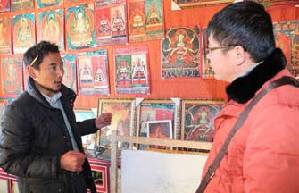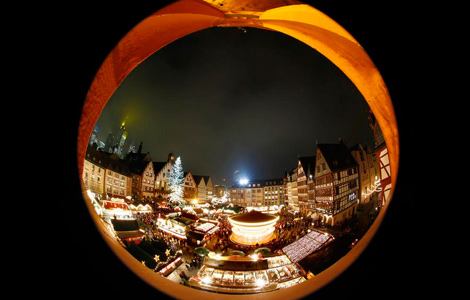Mani stone carving: belief engraved in time
Updated: 2013-11-28 10:47
(China Tibet Online)
|
|||||||||||
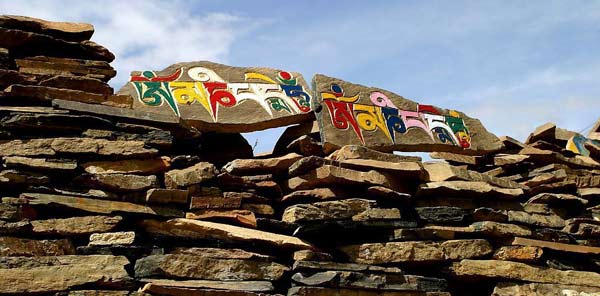 |
|
Mani stone refers to the stone engraved with Buddhism scriptures or the portraits of deity, and is regarded as the eternal belief engraved in stones. [Photo/China Tibet Online] |
Mani stone refers to the stone engraved with Buddhism scriptures or the portraits of deity, and is regarded as the eternal belief engraved in stones.
"Mani" stands for the six-syllable prayer "om mani padme hum", which is the origin of "Mani stone".
Mani stone is a sacrificial element of both Bonism and Buddhism popular among Tibetans. It combines religion and folk art, and is an extension of nature worship and a recreation of megalithic culture.
Tibetans carve their devout wishes on stones and then put the stones besides the circumambulation paths around holy mountains and lakes. With time passing by, these stones then form a Mani stone pile.
The Bon religion believes in animism, which considers the world as a combination of various spirits in mountains, rocks, rivers, lakes, earth, trees and even a small stone. So, a stone may hold the spirit of a deity or a ghost.
With the prevalence of Buddhism in Tibetan inhabited areas, belief and worship become visualized so that the original worship of nature turns to the worship of scriptures and Buddha portraits.
| Life of young monks in Tibet |
Related Stories
Thangka master dedicates life to teaching art 2013-11-22 11:04
Life of young monks in Tibet 2013-11-22 10:09
Enjoying a bumper vegetable harvest in Tibet 2013-11-19 10:32
Yaks for haute couture 2013-11-19 02:00
Tibetan monk's life in photographer's eyes 2013-11-06 10:37
Glimpse of the kitchen in a Tibetan monastery 2013-11-05 13:31
Today's Top News
Chinese premier carries hectic schedule
EU, China set timetable for talks
Italy Senate expels Berlusconi
Sino-Russian border city to offer visa-free stays
China calm in face of US overflight
China to be largest oil importer
Clean energy fueling the future
China, Romania call their ties 'exemplary'
Hot Topics
Lunar probe , China growth forecasts, Emission rules get tougher, China seen through 'colored lens', International board,
Editor's Picks

|

|

|

|
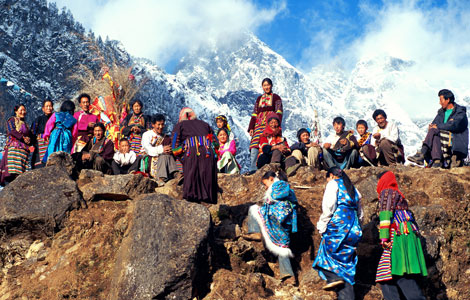
|
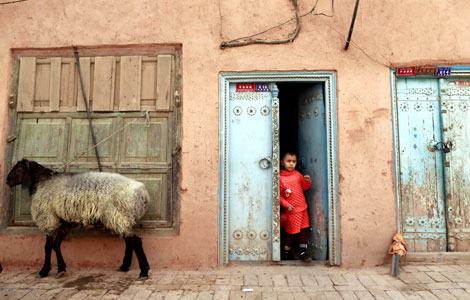
|
